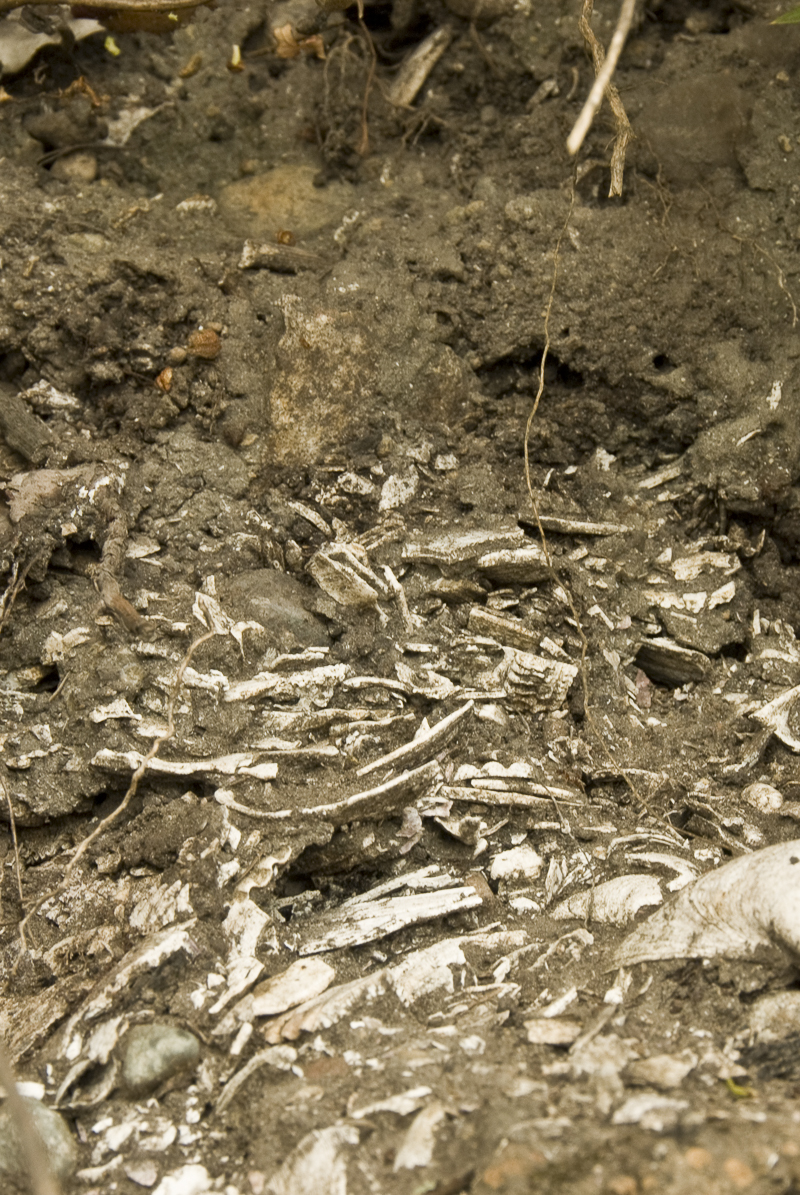WELCOME TO THE PLASTOCENE
Issue 7, Spring 2020
Photo by John F. Williams
WELCOME TO THE PLASTOCENE
Issue 7, Spring 2020
Guest Editor Deb Rudnick
Shell middens, found near many of the protected coastlines of the Salish Sea, demonstrate how discarded waste from the past can be seen in soil layers. Photo of midden on Bainbridge Island by John F. Williams.
“The Anthropocene” is a popular term these days to describe the huge influence humans have on our planet. However, “The Plastocene”, or the Age of Plastics, might be as good a description. The use of plastics in our lives has exploded since World War II. There are many ways in which plastics are incredibly helpful to us, but we are also learning that plastics present serious health and environmental risks.
Here at Salish Magazine, we explore the interconnectedness of the natural world. Why would we focus on a human-made product? An obvious point is that plastics come from oil, which is the result of biological materials depositing and decaying over millions of years in the earth. Plastics are an integral part of our world, as items we use every hour of every day in our homes, schools, offices, hospitals, and stores. We are also discovering that they are getting into our air, sediments, and water, from the highest mountain peaks to the deepest ocean trenches. Most plastics do not easily break down, and they will be part of our environment for thousands of years to come. Viewed in this way, we can think of the past century or so of human history as a transformative era that links millions of years of natural history that created these geologic resources, to the geologic record we will leave of plastics in our landfills and sediments of the future.
How are we supposed to feel about the ways in which plastics have transformed us, and the planet? There is no simple answer. Plastic is an incredible boon to our health and welfare. And it is also an incredible risk to those things, and to all who share our planet. One of our authors in this issue, Julie Leung, articulates her swirl of emotions around this issue beautifully, “Polluted world. Wonderful world…I knew I must live in the duality, the ambiguity, this multicolored truth.” The good news is that we are increasingly aware of plastic’s extraordinary impacts, and taking actions to address this issue by reducing their use, preventing and removing them from the natural environment, and coming up with less toxic alternatives to meet our needs. Come with us and explore the interconnectedness of the Salish Sea with plastics, and the many ways you can join our fellow Salish citizens in efforts to reduce the impacts of the Plastocene on our world.
publisher’s note
Our experiment of releasing some of the articles between quarterly issues seems to have succeeded—the feedback we’ve received about that has been positive. Therefore, we’ll release a couple more articles associated with this Plastocene issue in April and May 2020.
We’ve also added a special section of “Virtual Explorations” to give people who are staying home a chance to see some of our natural beauty. And during the month of April, poetry month, these virtual explorations will include some poetry as well. You can find them using Explorations in the menu above.
We will send out newsletters announcing these additional articles, so if you haven’t subscribed to our newsletter list, use the Connect menu to visit our signup page.
Table of Contents
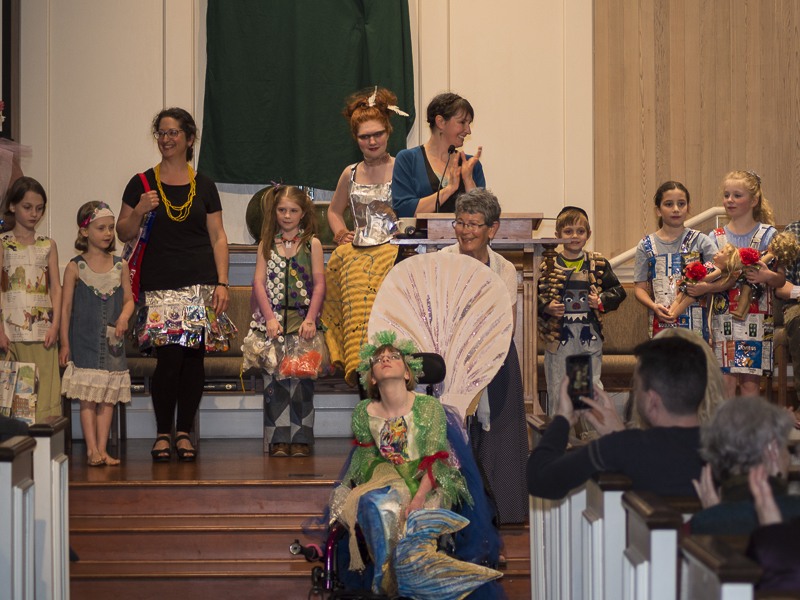
Prêt-à-Porter Plastics
by Deb Rudnick
Spring 2020
Started in 2016, the Trashion Show calls on artists in the community to marry their sewing skills to a sense of (re)purpose to create wearable art from upcycled, recycled, and repurposed materials.
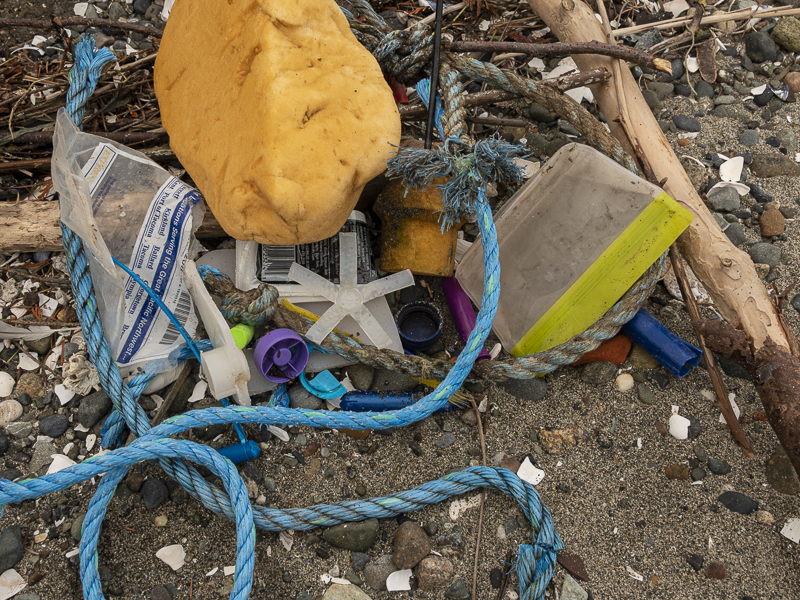
Plastics & Our Salish Sea
by Alison Ahlgrim
Spring 2020
On beaches along the Salish Sea you are likely to see all kinds of plastic waste – but most of the plastics in the marine environment are ones we cannot even see.

Art and Plastics
by Karen Hackenberg
Spring 2020
This small, online gallery of Karen’s paintings demonstrates a humorous subversive approach to the serious subject of ocean degradation.
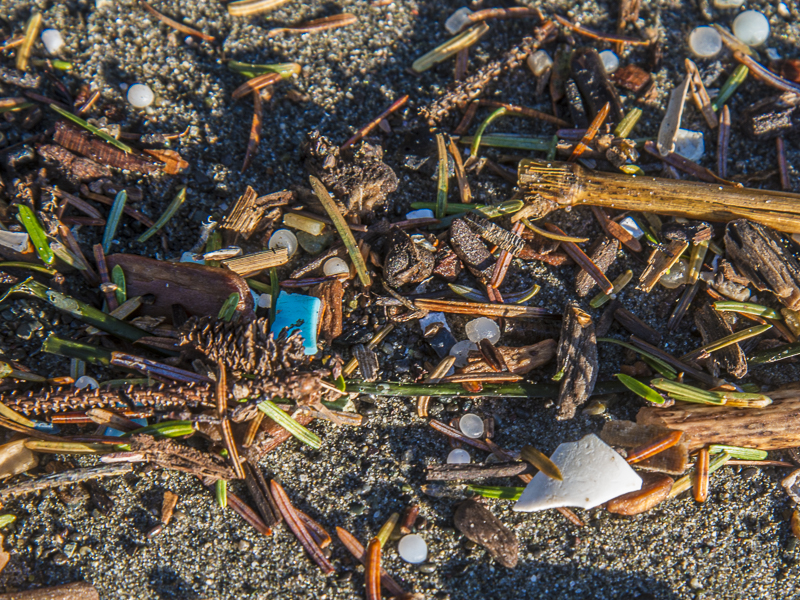
Microplastics
by Julie Masura
Spring 2020
A microplastics team comes up with novel ideas for collecting environmental samples and processing them in order to isolate plastic debris.

Schroadtrip
by Nick & Hans Schippers
Spring 2020
Our oceans are in trouble. Avid surfers and watermen are visiting schools to discuss the issue of plastic pollution, something that people can see on a daily basis.

Poetry-7
by two local poets
Spring 2020
Small Things. A poetic examination of plastics in landfills, metaphors, and culture: We gift them tiny plastic things to sit on a shelf or play and break…
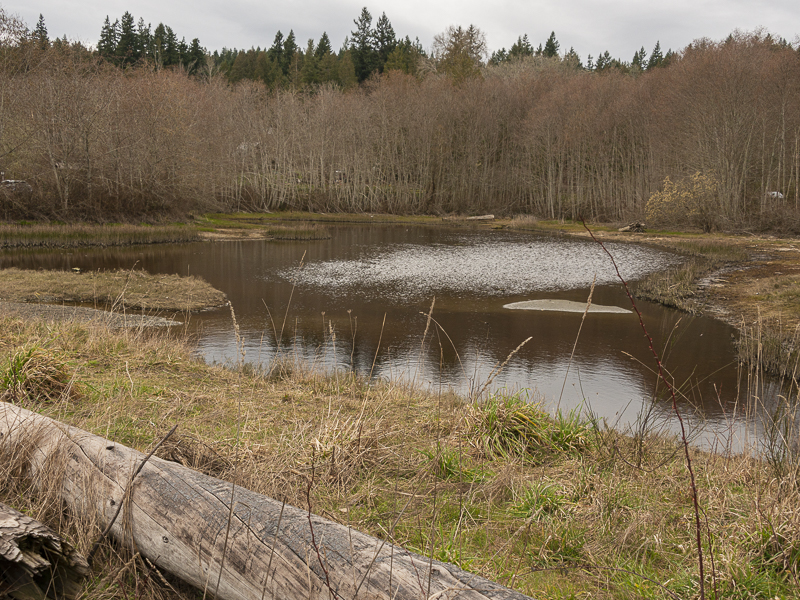
Kingdom of Plastics
by Julie Jeanell Leung
Spring 2020
Examining my trash and debris found on the beach near jellyfish and seaweed, I again observed my dependence on plastic, evidence of my own character.

Addressing the Plastic Problem
by Heather Trim
Spring 2020
Washington State is working to pass laws that reduce the amount of unnecessary plastic and revamp our recycling system for plastic and other materials.

A New Hope for Plastics
by Adelia Ritchie
Spring 2020
Creative scientists and engineers are working on a variety of alternatives to plastics that are biodegradable and not made from fossil fuels, i.e. bioplastics.
Salish Magazine
Publisher: John F. Williams
Guest Editor: Deb Rudnick
Assistant Editor: Adelia Ritchie
This magazine is a nonprofit project of:
SEA-Media
P.O. Box 1407 Suquamish WA 98392
info@sea-media.org www.salishmagazine.org
Copyright SEA-Media, 2019.
All rights reserved. Reproduction in whole or in part without consent of copyright owner is strictly prohibited.
SEA-Media is a 501(c)(3) nonprofit corporation
Extra special thanks to: Susan W. Merrill, Sheila Kelley, Kathleen Thorne, and all of the credited authors and image contributors.
PLEASE HELP SUPPORT
SALISH MAGAZINE
DONATE
Salish Magazine contains no advertising and is free. Your donation is one big way you can help us inspire people with stories about things that they can see outdoors in our Salish Sea region.
We also don't advertise Salish Magazine, so please spread the word of this online resource to your friends and colleagues.
Thanks so much for your interest and your support.
We also don't advertise Salish Magazine, so please spread the word of this online resource to your friends and colleagues.
Thanks so much for your interest and your support.

